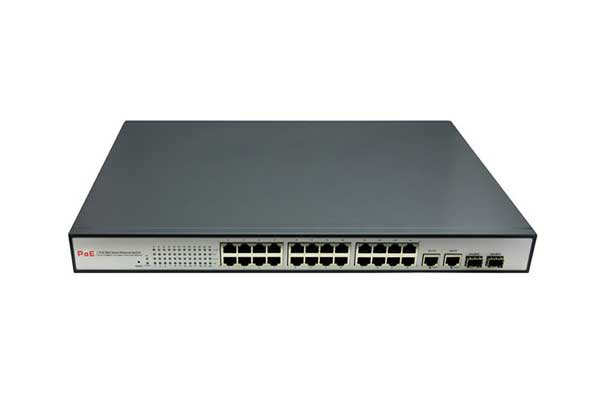In terms of performance, there is not much difference between industrial Ethernet switches and ordinary switches. From the perspective of network hierarchy, there are layer 2 switches, and of course there are also layer 3 switches. Industrial Ethernet switches are particular about their product design and component selection. They are designed for industrial field use requirements, and can still work normally in harsh environments such as machinery, climate, and electromagnetic environments. Therefore, they can be widely used in industrial production scenarios with harsh conditions.

Components
The selection of components for industrial Ethernet switches requires higher requirements to better adapt to the needs of industrial production sites.
Mechanical environment
Industrial Ethernet switches can better adapt to harsh mechanical environments, including vibration resistance, shock resistance, corrosion resistance, dust prevention, waterproofing, and so on.
Climate environment
Industrial Ethernet switches can better adapt to poor climatic conditions, including temperature and humidity.
Electromagnetic environment
Industrial Ethernet switches have strong anti-electromagnetic interference capabilities.
Operating voltage
The working voltage range of industrial Ethernet switches is wider, while ordinary switches have higher voltage requirements.
Power supply design
Ordinary switches are basically single-power, while industrial switches are usually dual-power with backup.
Installation method
Industrial Ethernet switches can be installed using DIN rails, racks, and other installation methods, while ordinary switches are typically rack- or desktop-based.
Heat dissipation method
Industrial Ethernet switches generally use fanless enclosures for heat dissipation, while ordinary switches use fans for heat dissipation.
The biggest and most critical difference is the temperature range where the equipment can work normally. Industrial-grade switches use industrial-grade chips, so their operating temperature should be between -40°C and +85°C. Commercial-grade (also known as ordinary) switches have a temperature range of 0°C to 70°C. Don't be fooled by the appearance, look at the third-party inspection report.



